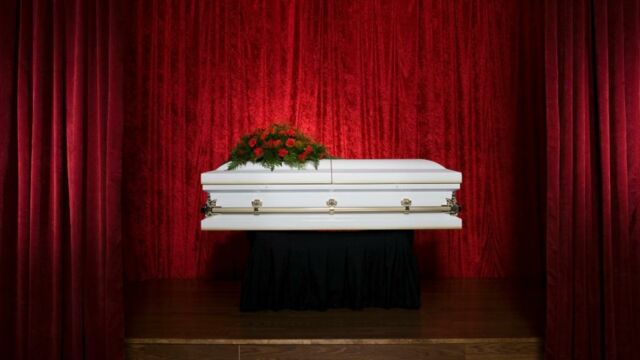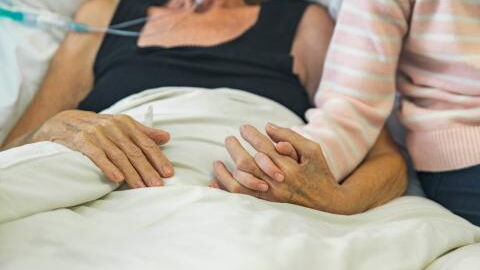Death raises many questions: Does any part of the body live on after death? And what is really in the urns of the deceased? How long does rigor mortis last and what is it? We'll tell you.
Discover our latest podcast
Process of rigor mortis usually begins quickly
The so-called death rigidity, also known technically as rigor mortis, is a normal phenomenon during which the body of a dead person becomes solid. It usually occurs two to twelve hours after the time of death, as reported by Spektrum. According to a study from the University Medical Center Hamburg-Eppendorf, the reasons for the occurrence of the sure sign of death are presented as follows:
The onset of rigor mortis is based on the rapid loss of adenosine triphosphate (ATP) in the actin-myosin system of the human organism. (...) Due to the postmortem arrest of metabolism, ATP can no longer be synthesized from aerobic metabolic processes, but only via anaerobic glycolysis and creatinine kinase reaction. After exhaustion of the energy reserves and a corresponding drop in the ATP level in the organism, an irreversible connection between actin and myosin is formed, rigor mortis occurs.
As per an article published on the National Library of Medicine website, rigor mortis often takes a specific course: it starts in the jaw and spreads from there to the lower extremities. However, the phenomenon does not last long.
Read more:This little-known phenomenon happens right after you die and it will shock you
The circumstances of death influence the time of rigor mortis
According to the spectrum, rigor mortis lasts between two and six days and then dissipates. How quickly it sets in depends, among other things, on the ambient temperature (high temperatures promote its onset). It also begins earlier in people who have exercised shortly before death.
Through the so-called autolysis, the end of rigor mortis begins. According to Mediset, this is 'the degradation or dissolution of dead cells by enzymes that were produced by the dying cells themselves in the body'.
Read more:Death rattle: This is what happens right before you die
This article has been translated from Gentside DE.
Sources used:
Spektrum: Leichenstarre
Dissertation für das Universitätsklinikum Hamburg-Eppendorf: Das Phänomen des Wiedereintritts der Leichenstarre nach mechanischem Lösen im Rahmen der Todeszeitbestimmung
National Library of Medicine: Die Leichenschau — ein aktueller Überblick
Mediset: Autolyse















